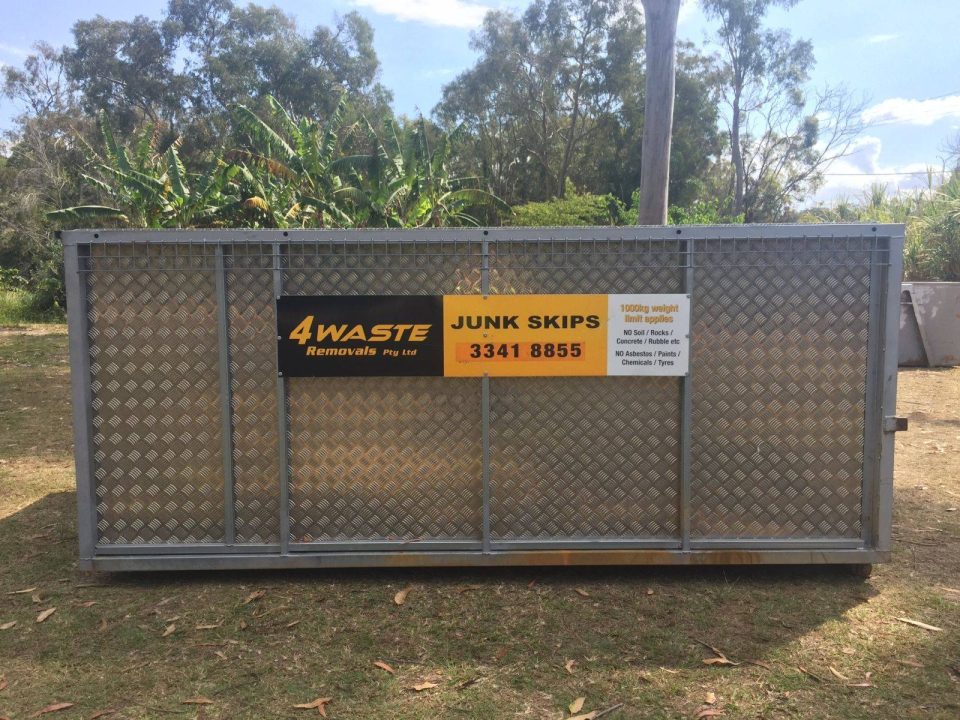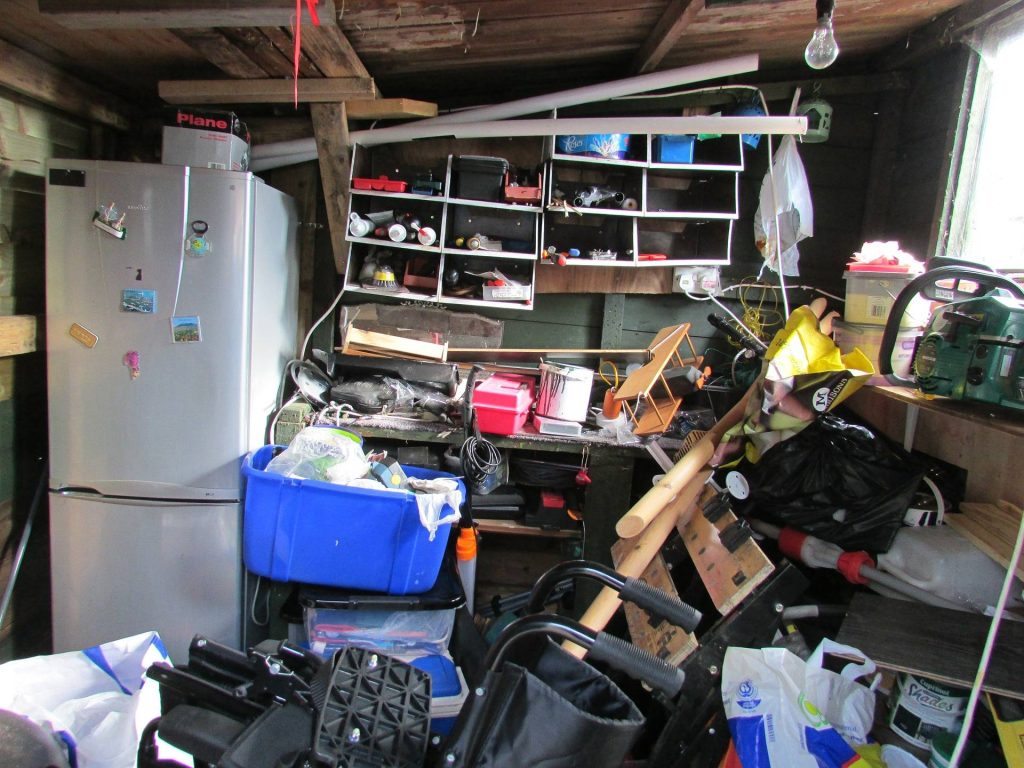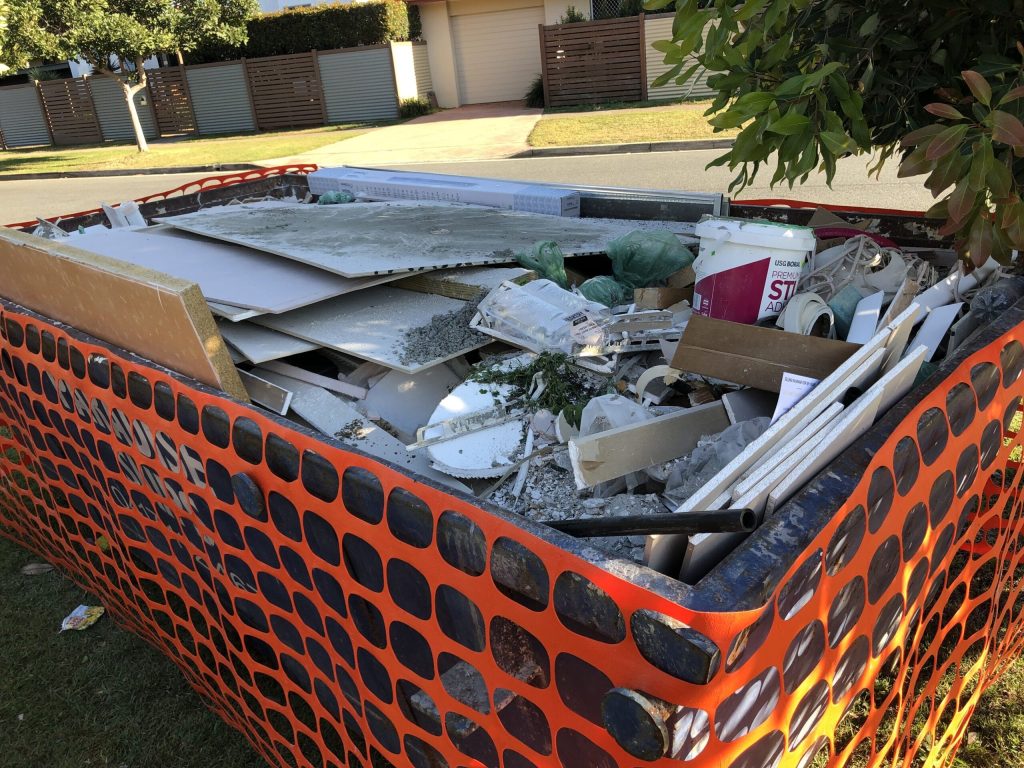
When it comes to rubbish removal, the options can be overwhelming. There is a seemingly endless range of skip bins in Brisbane, and choosing the right size for your needs can be challenging, especially if you don’t know how much waste you have to get rid of. So how do you know which size is right for your project? This blog post will help you determine the best size for your needs.
Table of Contents
How to determine the size of skip bin you need
When it comes to getting rid of rubbish and junk from your Brisbane home, it’s important to choose the right skip bin size. If you choose one too small, you might make multiple trips to the dumpster. But if you choose one that’s too big, you might be wasting money on a rental fee you don’t need. So how do you determine the size of skip bin that’s right for your needs?
Skip sizes must match the goals of your project
The size of your skip bin is important for several reasons. You want to ensure that you have enough space to fit all your project’s waste. But you also need to consider the weight of the waste and the type of material you’re disposing of. Choosing the right size skip bin for your project can also help ensure that your waste is disposed of properly.
Here are some common projects and the best-suited skip size:
- Home renovation projects: these types of projects generally produce a lot of waste. Even if you’re only renovating the bathroom or kitchen, you’ll still need at least a 3-4m3 skip bin. If you’re renovating the entire home, producing more than 20m3 of waste is easy.
- Declutter projects: we all have clutter around the house that we need to get rid of. But even a small declutter project can easily produce 2m3 of waste. If you’re more of a hoarder than someone who lets things pile up in the spare bedroom or garage, you will likely need a much larger skip bin for your junk removal.
- Spring clean projects: Like any decluttering project, a spring clean can easily produce a lot of waste. Even if you just focus on the garage and living areas, you could easily generate 3-4m3 of rubbish.
- Garden/yard clean-up projects: these types of projects can vary greatly in terms of the amount of waste produced. A 2m3 skip should be sufficient if you’re just doing a general tidy-up. But if you’re undertaking a major landscaping project, you could easily generate 10m3 or more waste and therefore need a much larger skip for your garden waste removal.
As you can see, the size of your skip bin is important for several reasons. And it’s not always easy to determine the best size for your needs. If you’re still unsure, give the team at 4 Waste Walk-In Skip Bins a call.
Factors that will affect the size of your skip bin
There are a few factors to consider when determining the size skip bin you need for your project.
- Type of Waste: A bigger skip bin will be required if you have a lot of bulky goods, such as furniture or appliances. However, you may get away with a small skip bin if you have largely smaller items, such as regular household junk.
- Weight of Waste: As mentioned above, the weight of your waste is another factor. Again, construction waste is often much heavier than general household rubbish. As a result, you will need a larger bin to avoid exceeding the bin’s weight limit.
- Amount of Waste: Finally, you need to consider the amount of waste you have. This is probably the most important factor in determining the size of your skip bin. You will need a larger bin if you have a lot of rubbish. But if you only have a small amount, you can probably get away with a smaller one.
How to choose the right skip bin for your project
Now that you know the factors to consider when choosing a skip bin size, it’s time to put these factors into practice. To help you choose the right skip bin for your project, follow these simple steps:
- Determine the type of waste you have. You will need a larger bin if you have many bulky items, such as furniture or appliances. On the other hand, if you have mostly smaller items, such as general household rubbish, you can probably get away with a smaller skip bin.
- Consider the weight of your waste. Construction waste is often much heavier than general household rubbish. As a result, you will need a larger bin to avoid exceeding the bin’s weight limit.
- Determine the amount of waste you have. The size of your skip bin will be determined by the amount of trash you have. The best way to do this is to imagine how many wheelie bins or trailers of rubbish you have, then compare it to our size chart, which you can find here. For example, if you have enough rubbish to fill five trailers, you’ll need a 5m3 skip bin.
For more help choosing the right size skip bin, please read ‘What Size Skip Bin Do I Need?‘
The 4 Waste Skip Bin Size Difference
Forget everything you know about skip bins and their sizes! Why? Because at 4 Waste Walk-In Skip Bins, it doesn’t really matter what size skip bin you hire! So long as you hire a skip bin smaller than you think you’ll need (which, let’s face it, is easy to do!) you can simply continue filling the skip till you have finished loading all your project waste. With our pricing and size structure, you’ll only end up paying an additional $75 per cubic metre than the size you booked.
Let me break it down for you because this can save you hundreds!
Let’s say you hire a 5m3 skip bin, which is currently $375. You don’t actually receive a 5m3 skip bin. We will either deliver a 6m3 or 8m3 skip bin (more likely an 8m3 skip if we have one available). Well done if you have 5m3 of rubbish and guested the correct amount. But say you actually have 7m3 of waste. In this case, there’s no need to hire a second skip bin for your additional 2m3 of waste – this would cost you $275. With 4 Waste Walk-In Skip Bins, we’ll simply change you $150 (2 x $75) for the additional 2m3.
Tips for loading a skip bin
Skip bins are a great way to get rid of large amounts of waste, but loading them correctly is important to avoid damage and injury. Here are some tips for loading a skip bin:
- Start by placing flat items like doors and heavier items like furniture and appliances on the bottom of the skip. This will help to stabilise the load and prevent it from shifting.
- Next, fill any gaps with smaller items such as boxes or bags. This will help to keep the load compact and prevent it from moving around.
- Finally, ensure the skip bin has not been overfilled beyond the brim. This will prevent any additional fees.
By following these simple tips, you can ensure that your skip bin is loaded safely and efficiently. If you’d like more detailed instructions on loading a skip bin, read our article, ‘At Last, The Best Order to Load a Skip Bin Is Here‘.
Conclusion
When it comes to choosing the right size skip bin for your project, there are a few things you need to consider. The type of waste you have, the weight of your waste and the amount of waste you have will all play a role in determining the right skip bin size for your needs. With our simple tips and size chart, you can easily choose the right skip bin for your project. And if you’re unsure, our 4 Waste Walk-In Skip Bins team is always happy to help!
4 Waste Walk-In Skip Bins range of skip bins to suit all projects, from small home renovations to large commercial construction sites. Contact us today to find out more.








